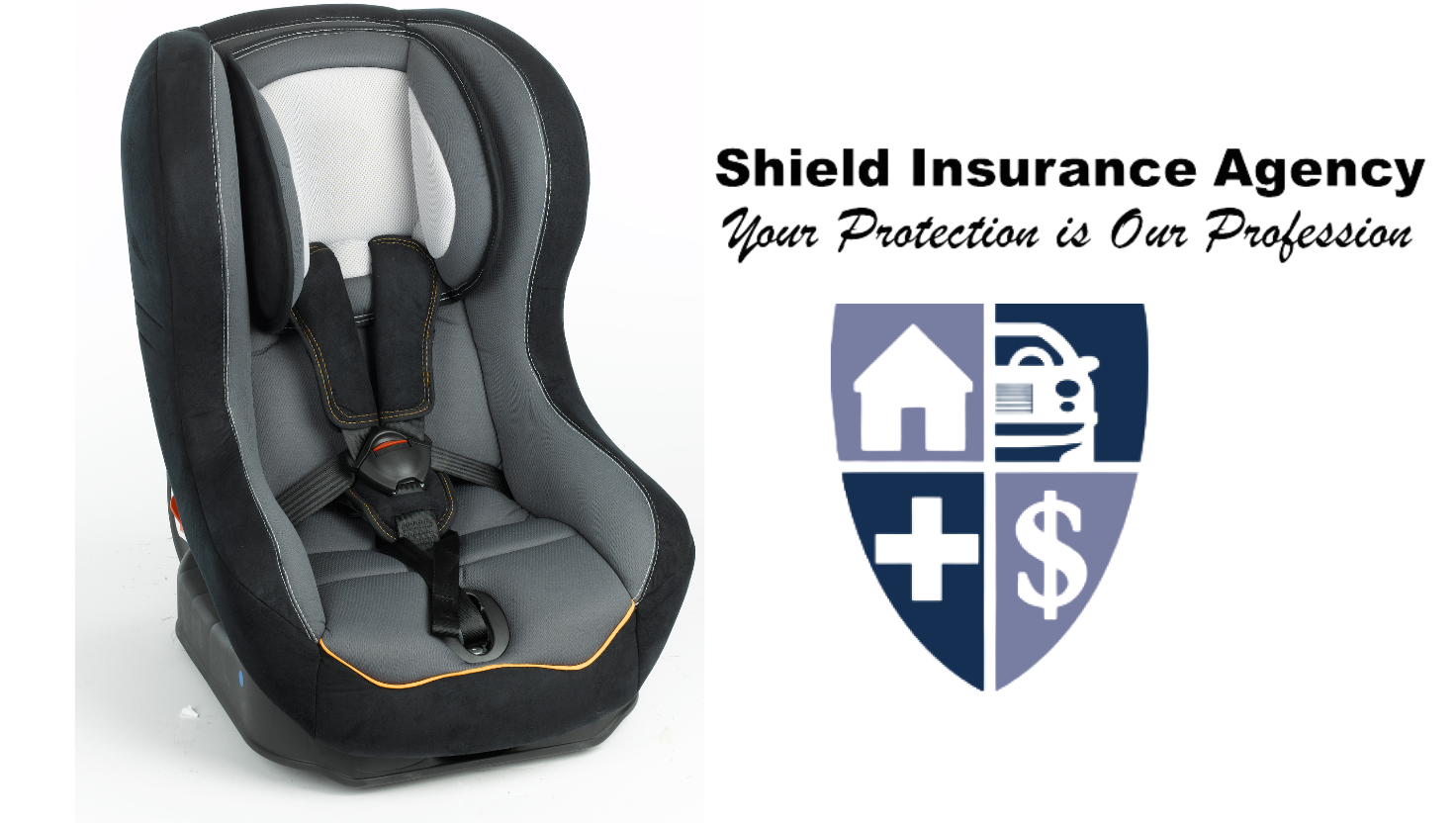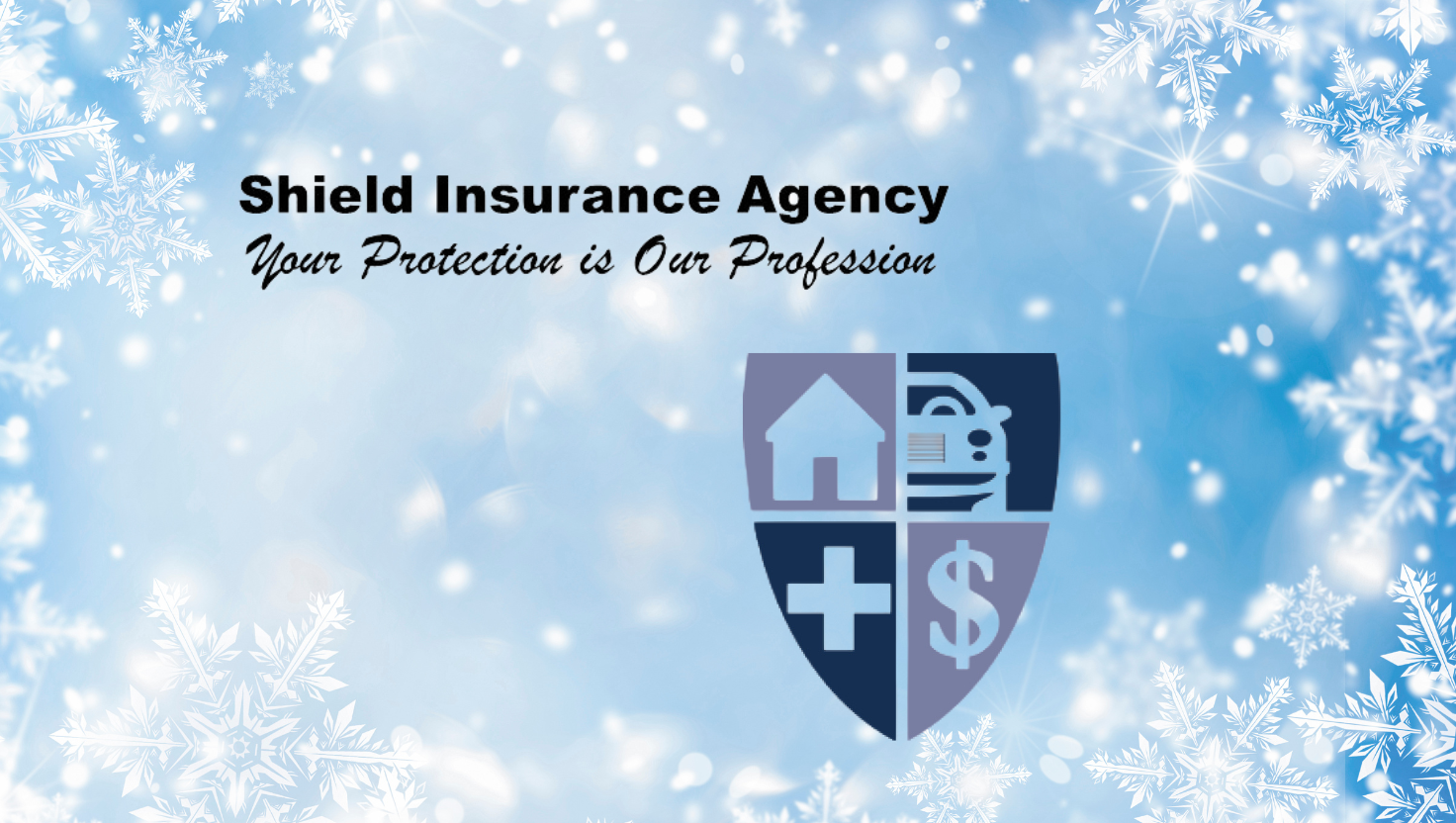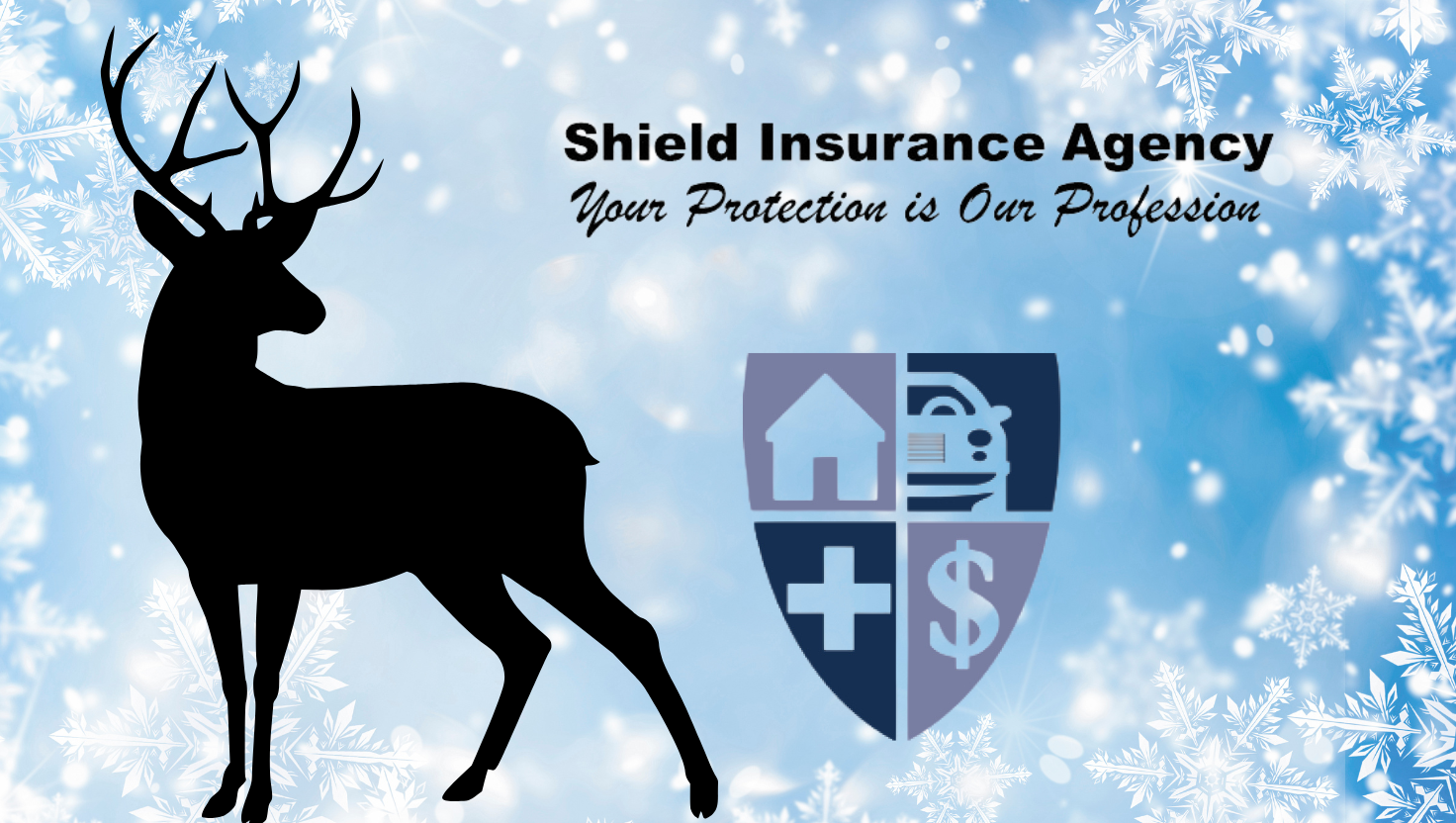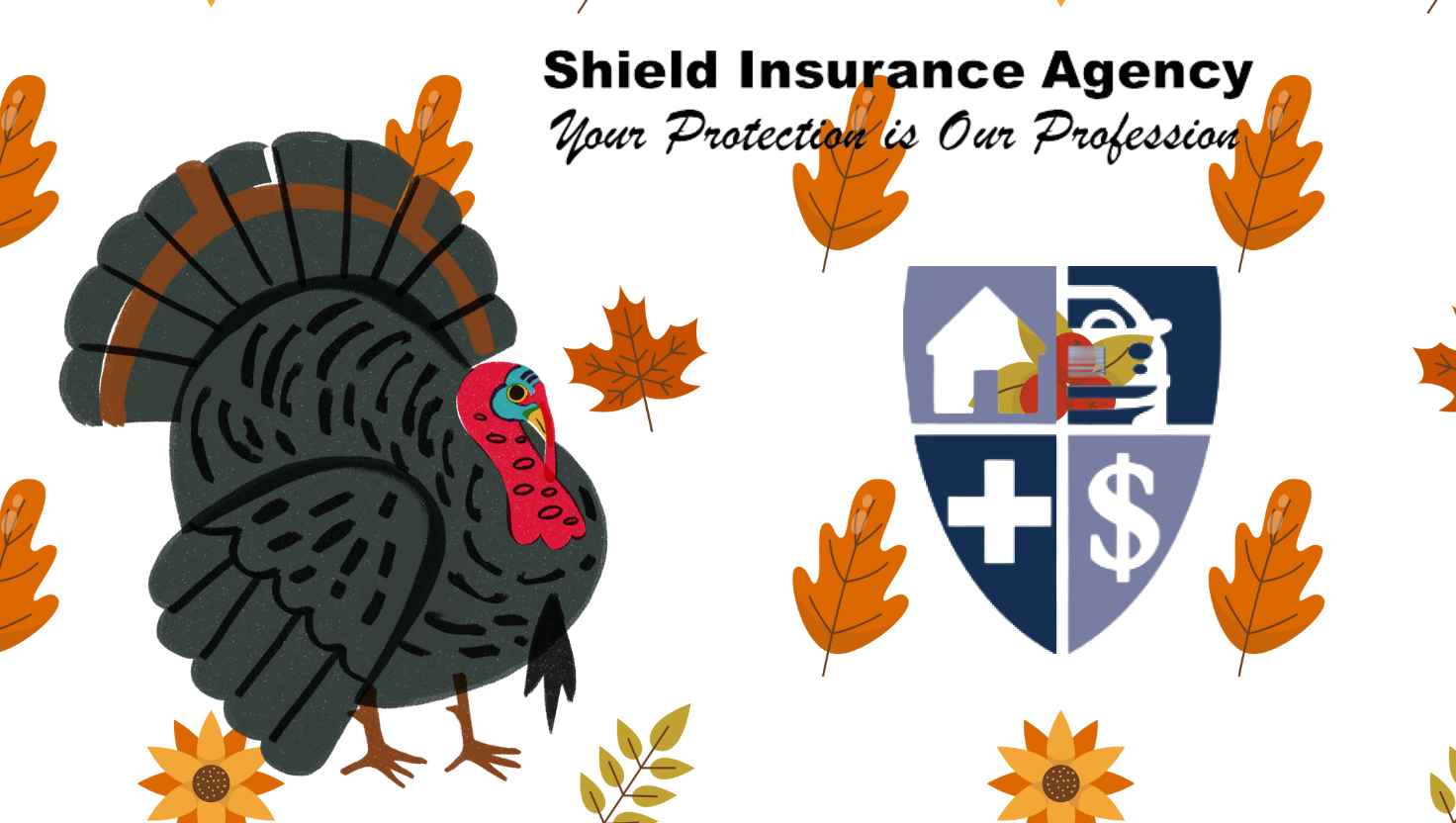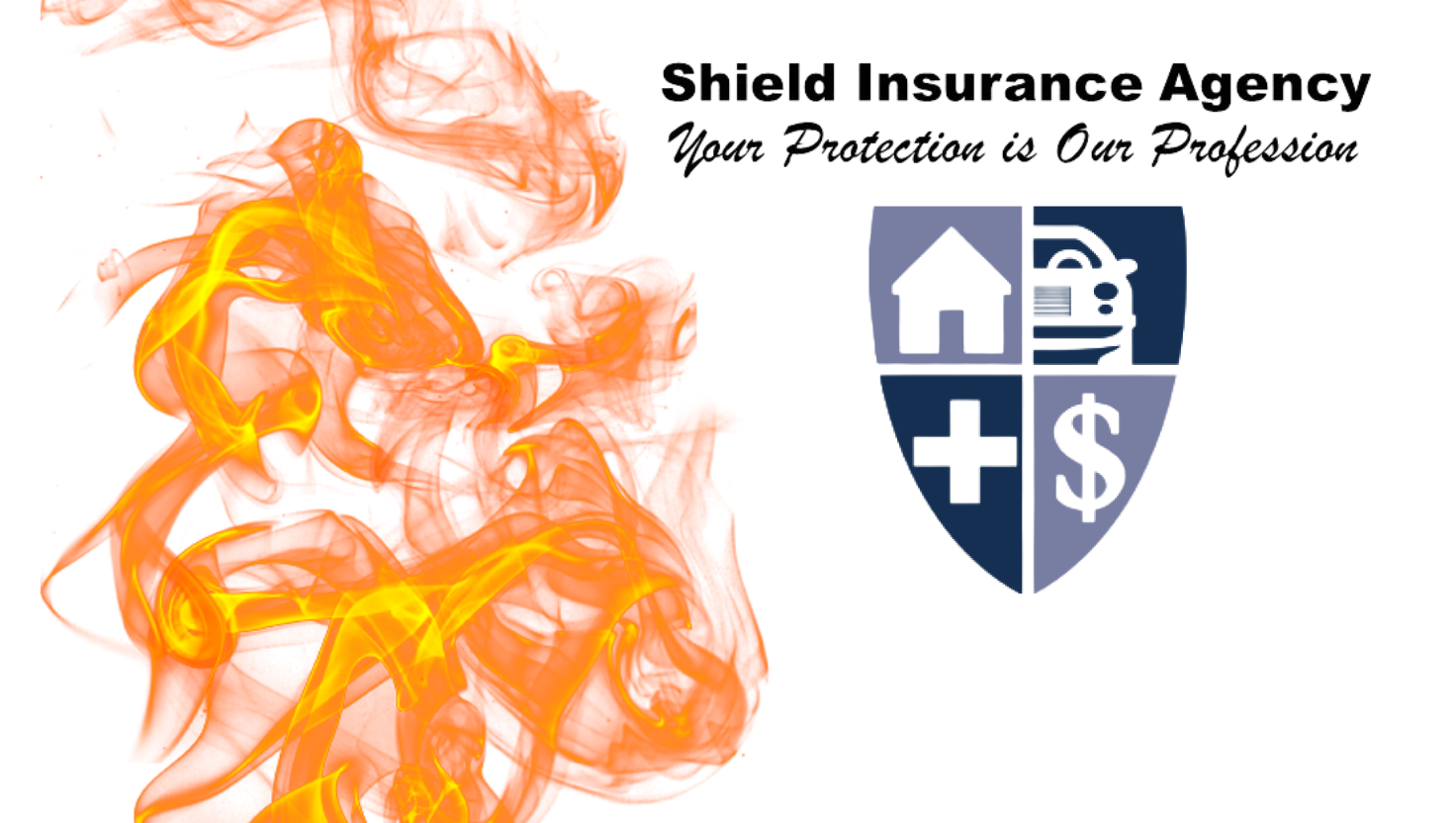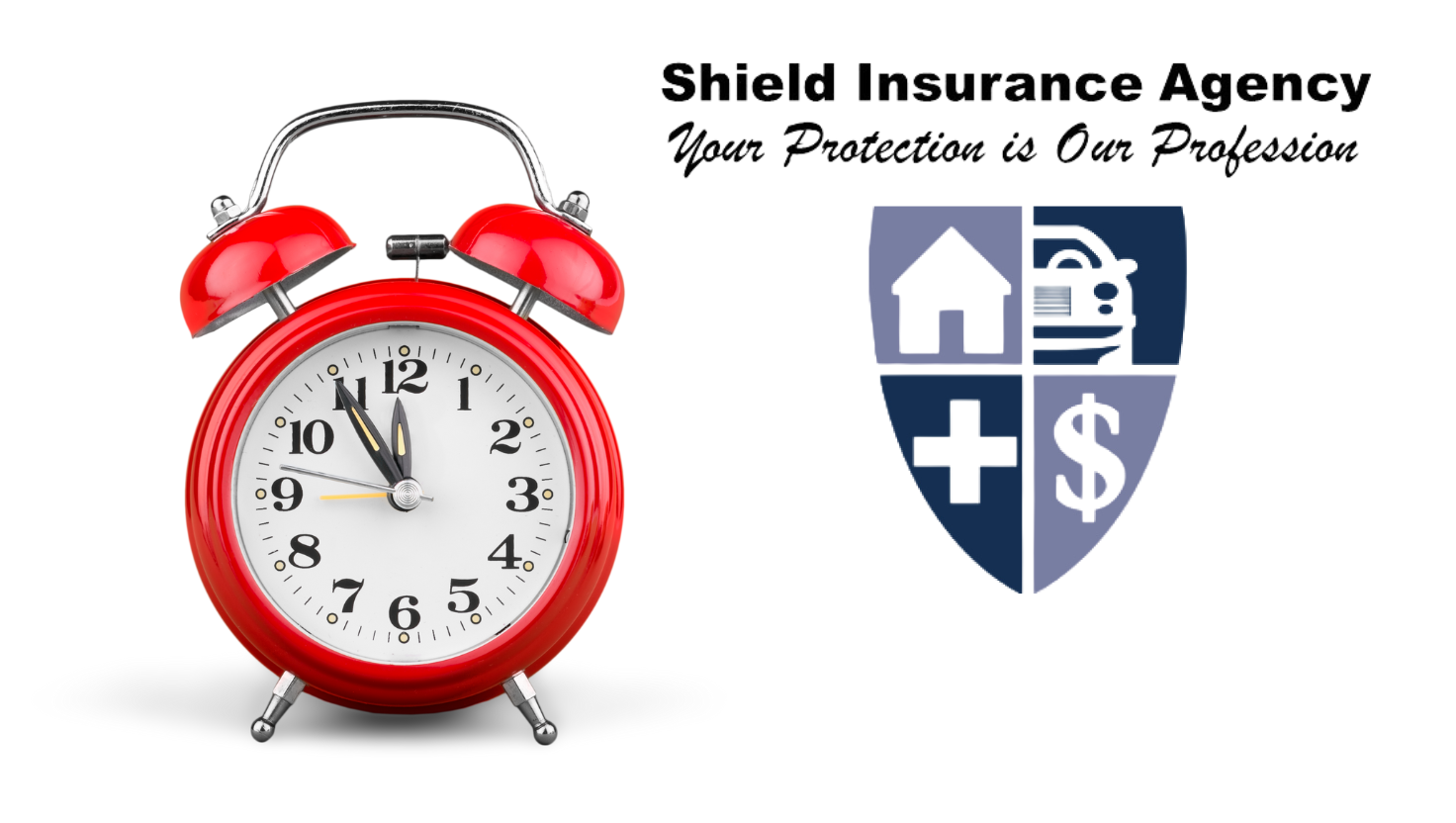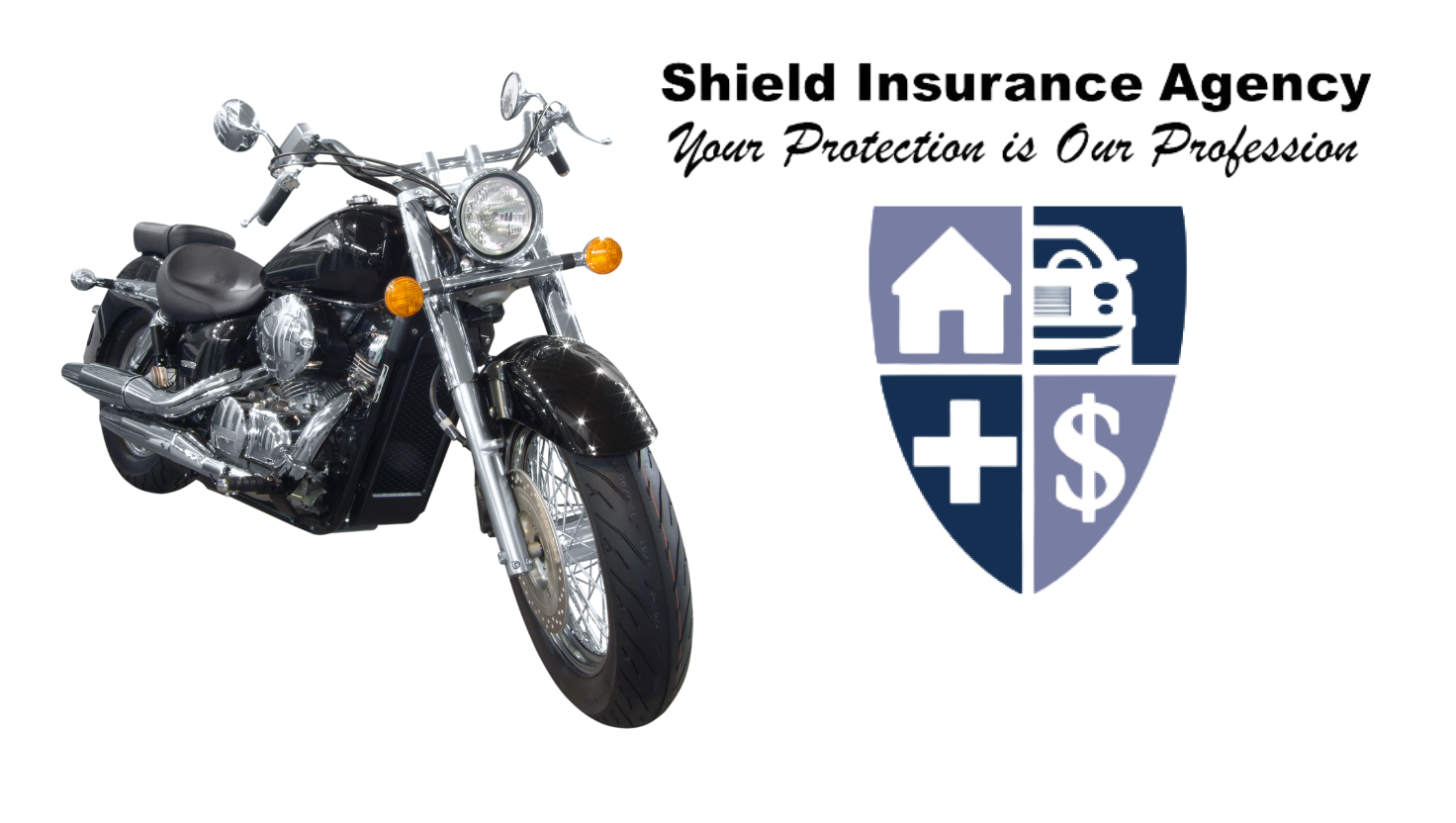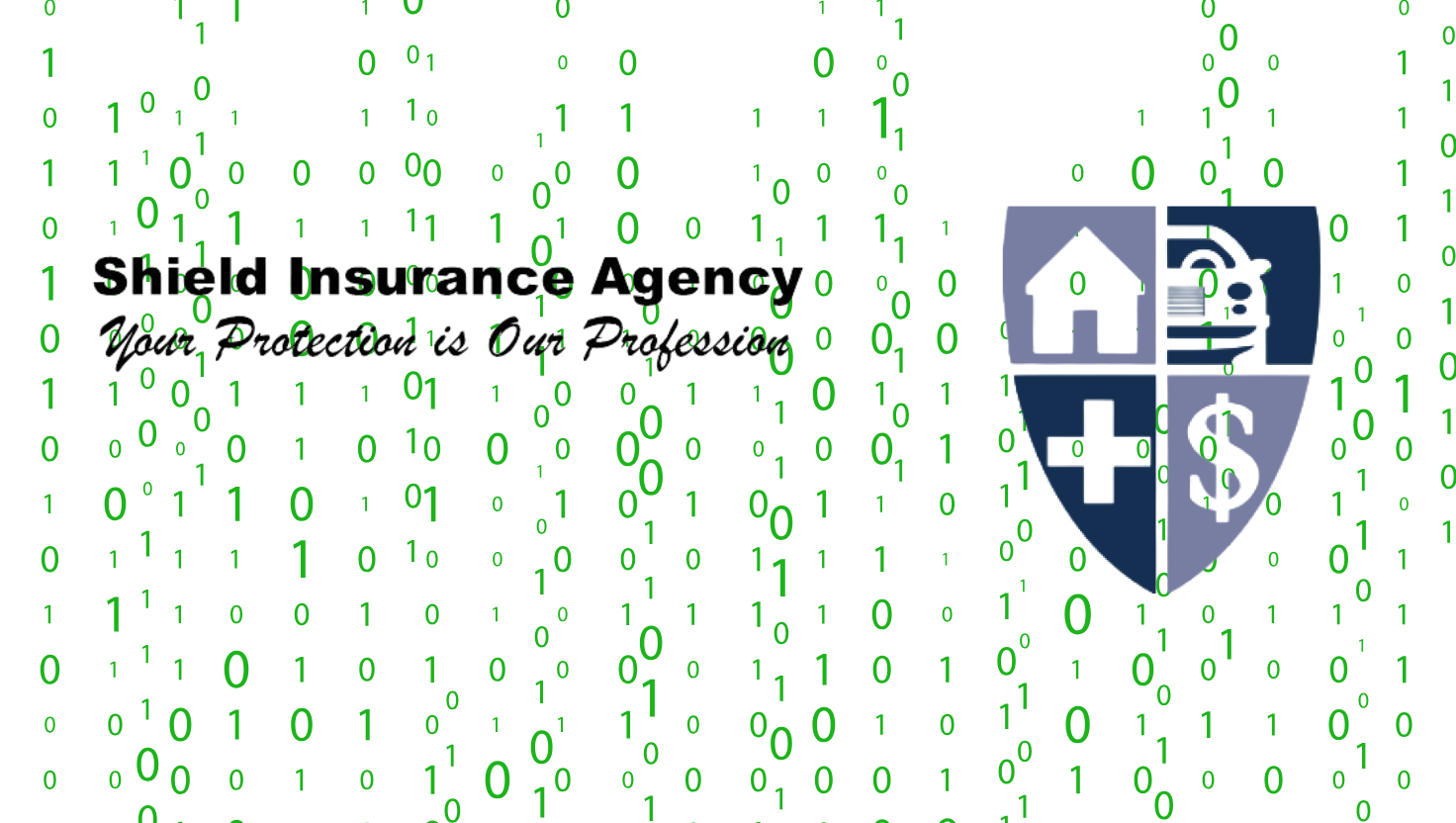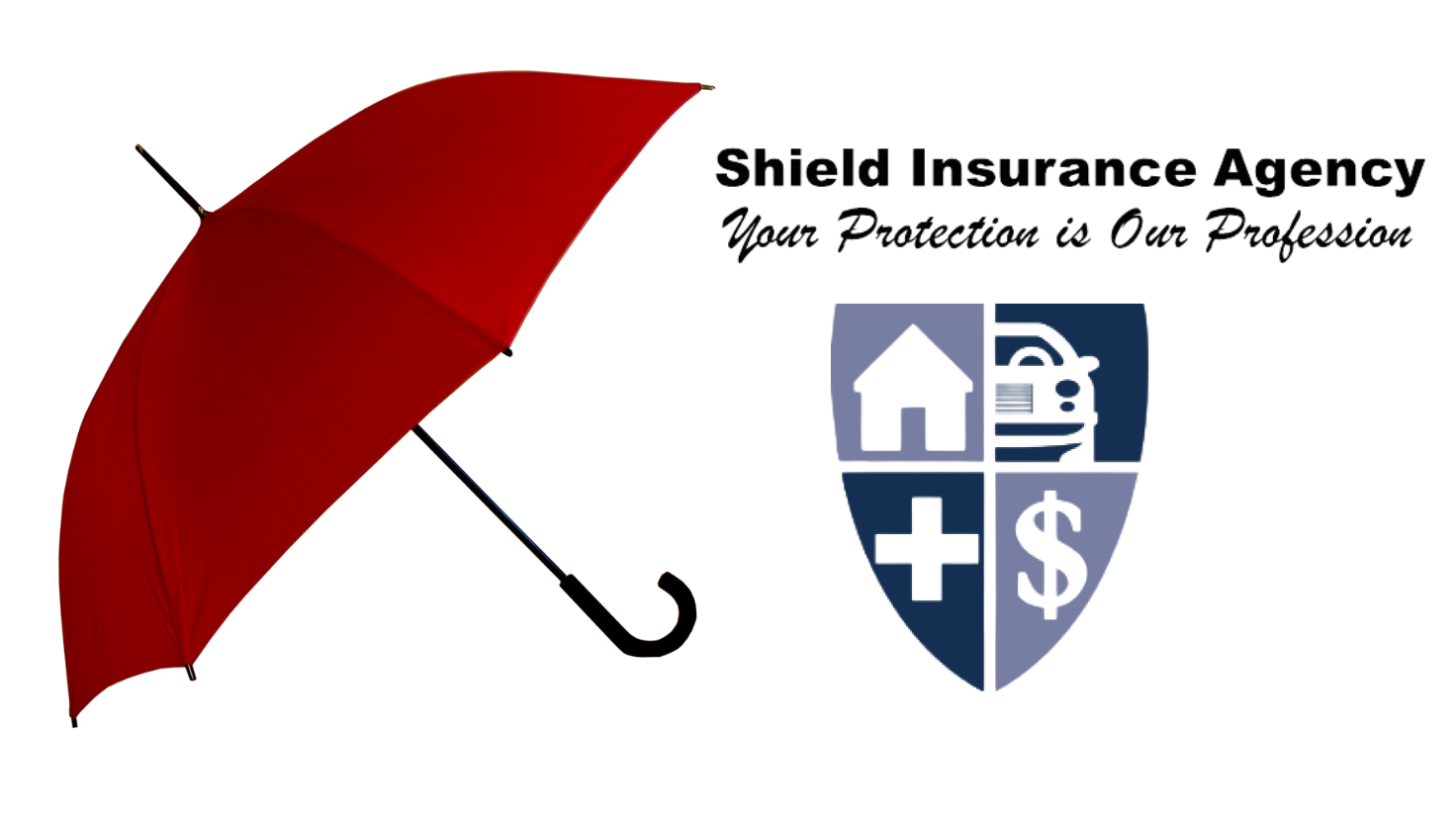
Umbrella Protection
Shield Insurance Blog | Umbrella Protection
Why an umbrella protection policy? Higher limits, broader coverages.
You want to keep your hard-earned assets and lifestyle. We want to help. Monetary damage awards from lawsuits are a reality in today’s litigious society.
While all your primary Fremont Insurance policies contain liability protection, if a judgment is levied against you for serious damages to someone else’s property or reputation, personal injuries, or even death, your liability limits can be exhausted quickly, leaving you to make up the difference. Your investments, your home, and even your personal property could be seized to satisfy a judgment. Umbrella insurance is the answer.
Not just for the wealthy anymore
- Do you have high-profile or vital professional, community, or corporate responsibilities?
- Do you conduct business activities in your home or take your business to people?
- Do you have a trampoline or swimming pool or live on the water where someone could be injured?
- Do you have pets/animals that might injure someone?
- Do you engage in high-risk recreational activities such as ATVing, snowmobiling, flying, or hunting?
- Do you have a teenage driver, who is statistically more likely to cause an accident?
- Do you entertain a lot?
For as little as $90 for $1 million protection, Fremont Insurance Umbrella Policies are low-cost peace of mind, picking up where your primary policies leave off. If you think you might need one, contact a Shield Insurance Agent today.




